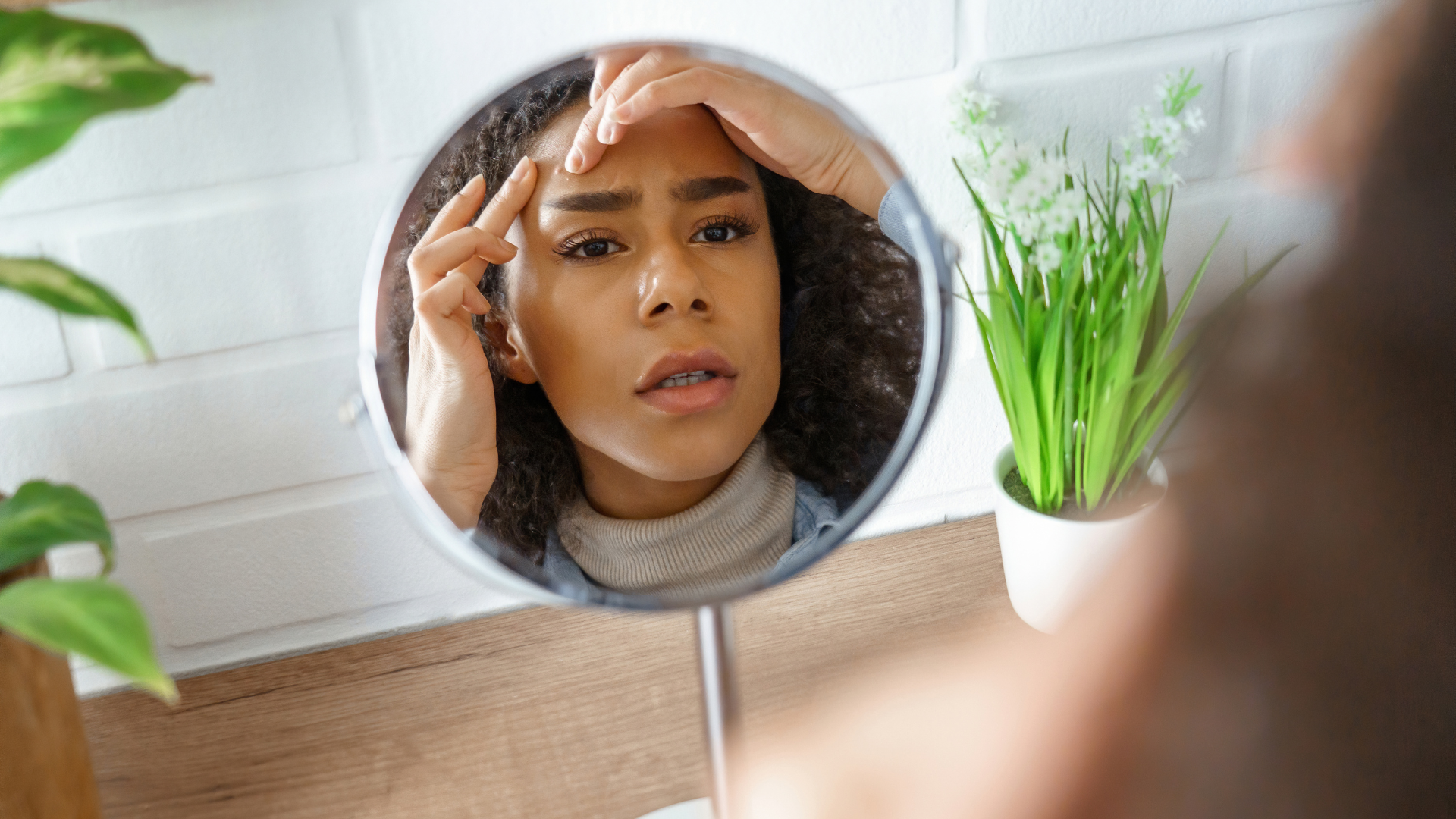
Aesthetica Editorial Team

Pimples are the most common skin health concern. But they are not all created equal. Different pimple types require varied treatment approaches.
Here, we’ve compiled a comprehensive guide on the 6 primary types of pimples and their respective treatments!
A Closer Examination of Acne
Closed Comedones: Whiteheads
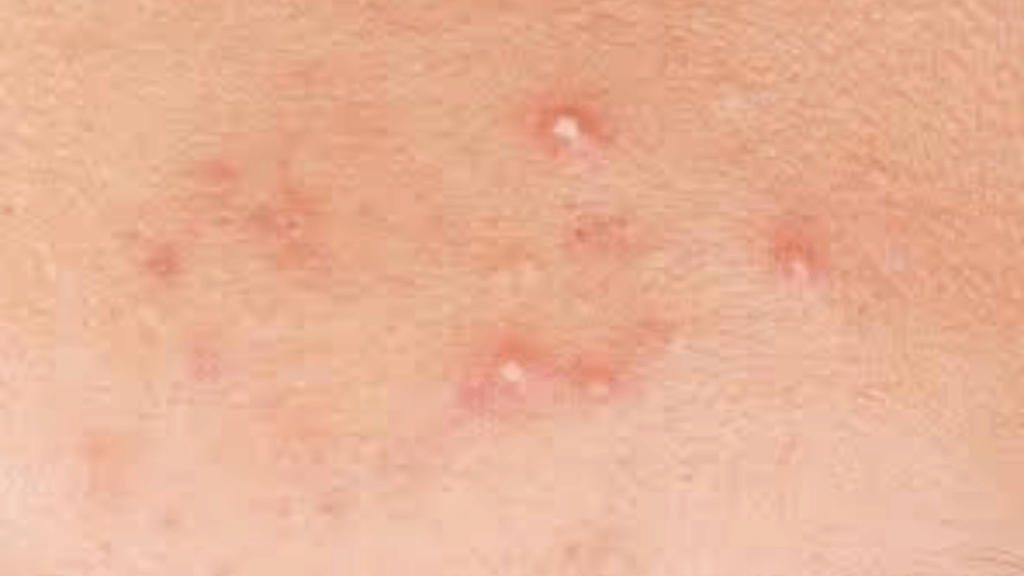
Whiteheads or closed comedones are minor, rounded blemishes manifesting on the skin, prominently displaying a white center.
The skin naturally produces oil (sebum) to keep itself moisturized. Sometimes, an overproduction of this oil, combined with dead skin cells that haven’t been shed, leads to blockages in the pores. When these blockages occur beneath the skin’s surface and don’t come into contact with air, they remain white, hence the name “whiteheads.”
Open Comedones: Blackheads
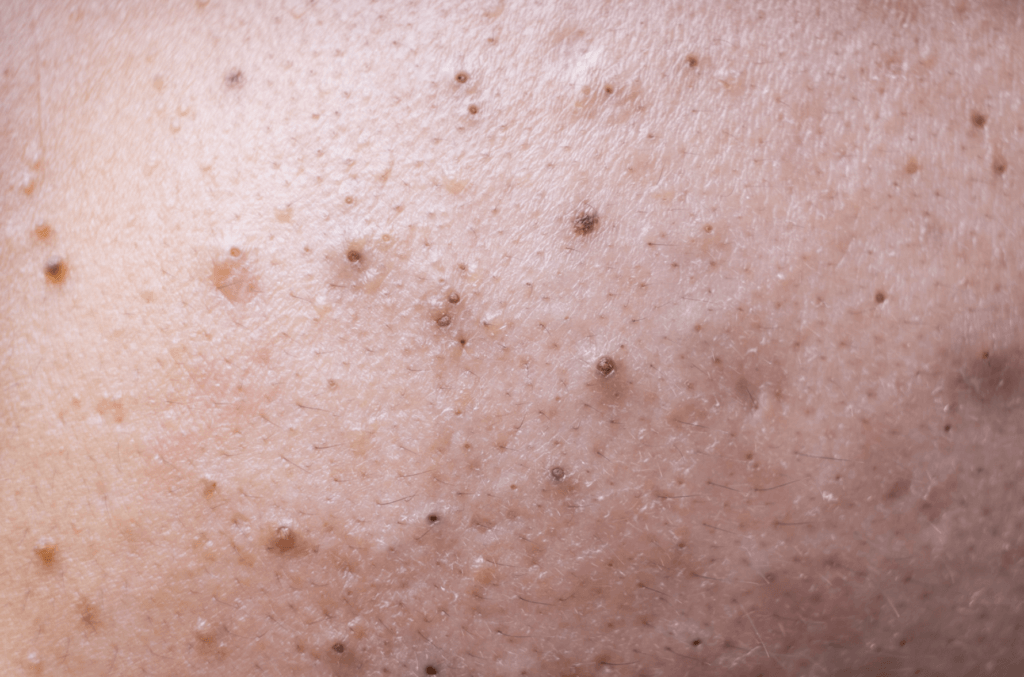
Blackheads or open comedones manifest as minuscule, darkened bumps on the skin. They frequently appear on the nose and its adjacent areas.
Our skin continuously produces sebum to maintain hydration and suppleness. However, when an excess production of sebum is coupled with dead skin cells, these substances conglomerate and clog the pores.
When such a clog occurs near the skin’s surface and remains open, it oxidizes and adopts a darkened hue due to its interaction with the environment, thus forming a blackhead.
Pustules
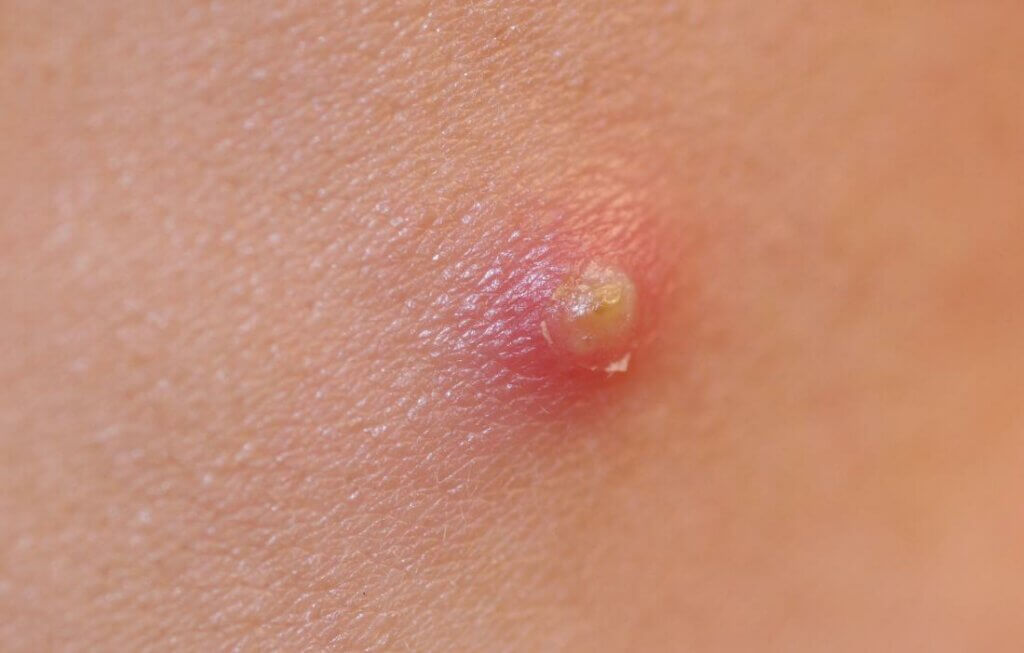
Pustules, often confused with whiteheads due to their visual similarities, are inflamed lesions on the skin filled with yellowish or whitish pus.
The journey of a pimple’s formation begins when the skin’s pores become blocked by excess oil, dead skin cells, and bacteria. White blood cells rush to the site as the body’s immune response kicks in to tackle this bacterial invasion. These cells, combined with the bacteria and oil, form the pustule’s pus.
While they resemble bumps in terms of inflammation, the distinguishing factor lies in their pus-filled center, which gives them a blistered, more elevated appearance.
Papules
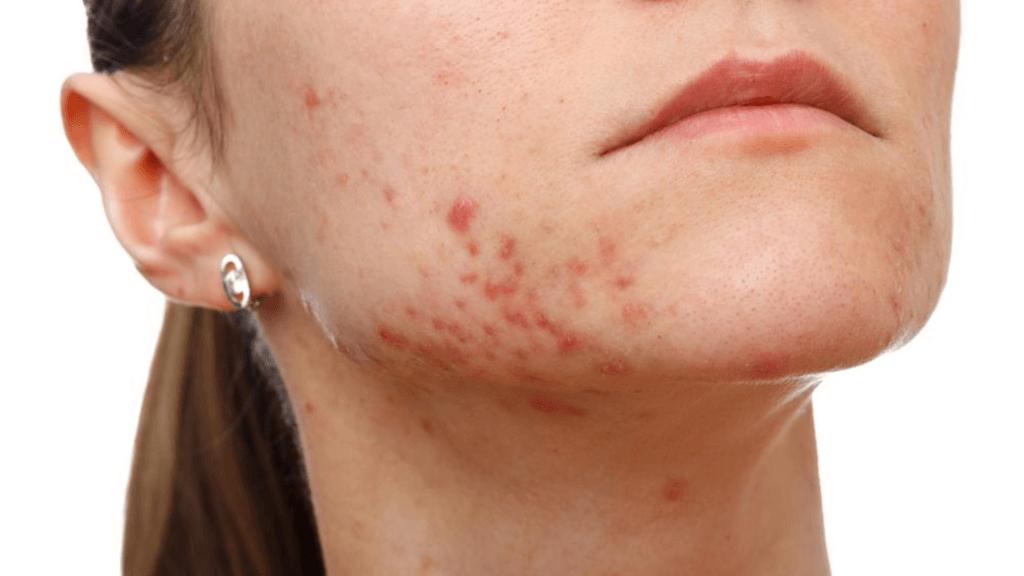
Papules present themselves as tiny, reddened bumps on the skin. Unlike their pus-filled counterparts, they don’t contain any visible pus.
The formation of papules begins when excess oil, dead skin cells, and sometimes bacteria accumulate in the hair follicles. This congregation of substances triggers an inflammation response, leading to the emergence of these small red bumps. They remain solid to the touch without pus and can be a tad painful.
Papules may develop into more severe, pus-filled lesions if not addressed promptly and appropriately.
Cysts
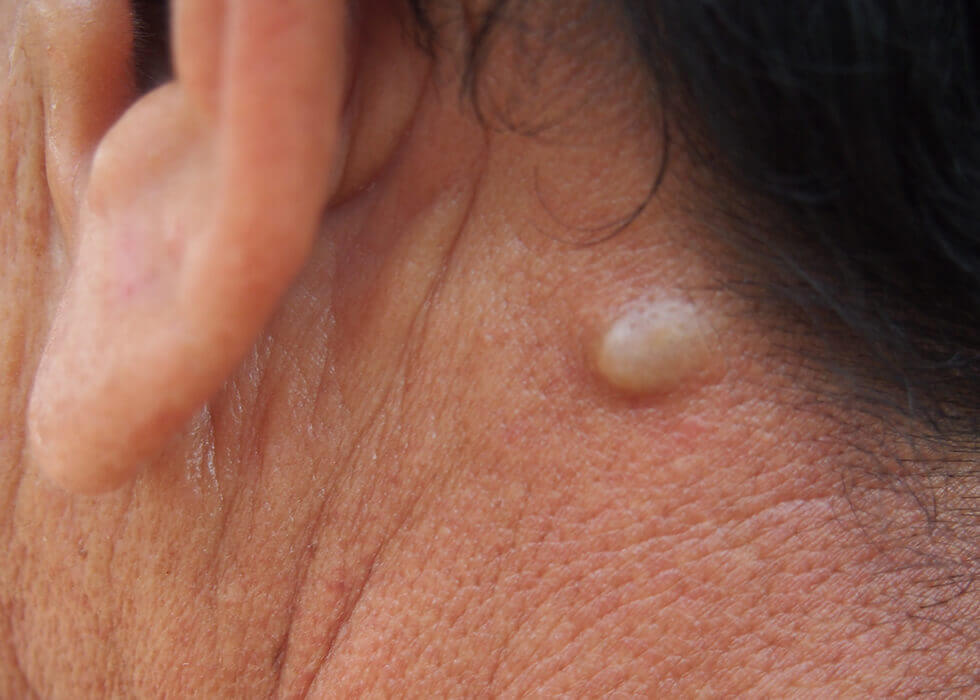
Cysts emerge as sizeable, fluid-filled lumps nestling deep under the skin.
The development of cysts is a multi-step process. It starts when the skin’s pores, inundated with excess oil and dead skin cells, become profoundly blocked. This obstruction is then compounded by bacterial growth, leading to severe inflammation. As the inflammation deepens into the skin, it forms these soft, fluid-filled lumps.
This type of acne represents one of the most severe categories of pimples. Given their depth and severity, cysts can persist for extended periods and are prone to recurring if not treated comprehensively.
Nodules
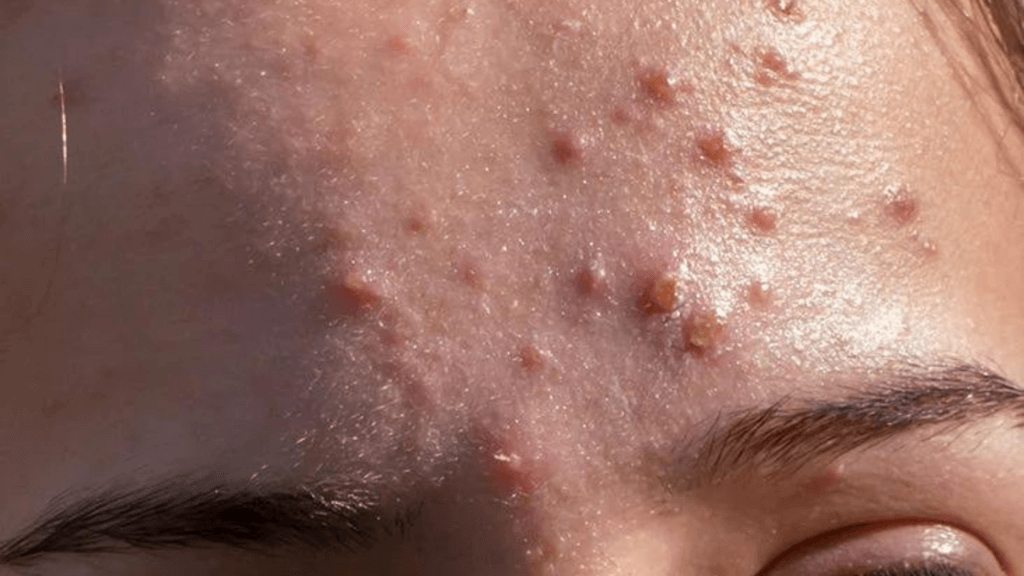
Nodules manifest as sizable, firm lumps deep within the skin layers. Distinguishable from other pimple types due to their hardness and depth, they are among the more severe forms of acne. Due to their profound placement and severity, they often result in pain and, if not addressed appropriately, may lead to lasting scars.
The genesis of nodules is rooted in the deep blockage of hair follicles by sebum (oil), dead skin cells, and sometimes bacteria. As this blockage festers, it leads to significant inflammation, pushing the affected strand deeper into the skin. This deep-seated inflammation solidifies into the hard lumps recognized as nodules.
Given their depth and the intense inflammation, nodules persist longer than other acne types and are prone to scarring.
A Collection of Effective Treatments for Acne Prone Skin
With advancements in dermatology, a suite of innovative treatments has emerged, offering promising results for acne-prone skin. Let’s delve into a collection of these cutting-edge interventions!
ForeverYoung BBL
ForeverYoung BBL harnesses the power of light to target the root causes of acne.
This treatment uses BroadBand Light to penetrate the skin, eliminating bacteria, reducing inflammation, and addressing the overactive sebaceous glands responsible for excessive oil production.
Regular BBL treatments tackle active acne and work proactively to prevent future breakouts, offering a two-fold solution for clearer skin.
DiamondGlow With SkinMedica Serums
DiamondGlow is a revolutionary skin resurfacing treatment. It exfoliates the skin, removes debris from pores, and infuses the skin with SkinMedica serums tailored to individual needs. For acne-prone skin, this means deep cleansing, unclogging of pores, and delivery of potent serums that target acne-causing agents, all in one seamless treatment. The result? Radiant, rejuvenated, and notably clearer skin!
Microneedling and PRP
Microneedling involves creating micro-punctures in the skin using fine needles, stimulating the skin’s natural healing process and promoting collagen production.
When combined with PRP, the healing and rejuvenating effects of microneedling are amplified. PRP accelerates healing, reduces acne scars, and ensures a smoother skin texture. This combination diminishes active acne and addresses the aftermath of acne breakouts.
Morpheus8
Morpheus8 integrates microneedling with radiofrequency technology to delve deep into the skin’s layers. This dual action stimulates collagen production and tightens the skin.
Its precision allows Morpheus8 to target acne scars, reduce active acne by diminishing oil production, and refine the skin’s texture. The result is a smoother, revitalized complexion with diminished acne signs.
Ablative Laser Treatment
Ablative lasers work by vaporizing the top layer of the skin, promoting rapid skin regeneration. As it heals, the skin becomes smoother, more precise, and rejuvenated.
These lasers are especially effective for reducing acne scars, improving skin texture, and minimizing the appearance of active acne.
In summary, the landscape of acne treatments has evolved considerably, offering various options tailored to individual needs. Whether you’re battling persistent breakouts, scars, or both, these advanced treatments promise a pathway to healthier skin!
FAQ: Delving Deeper Into Pimple Queries
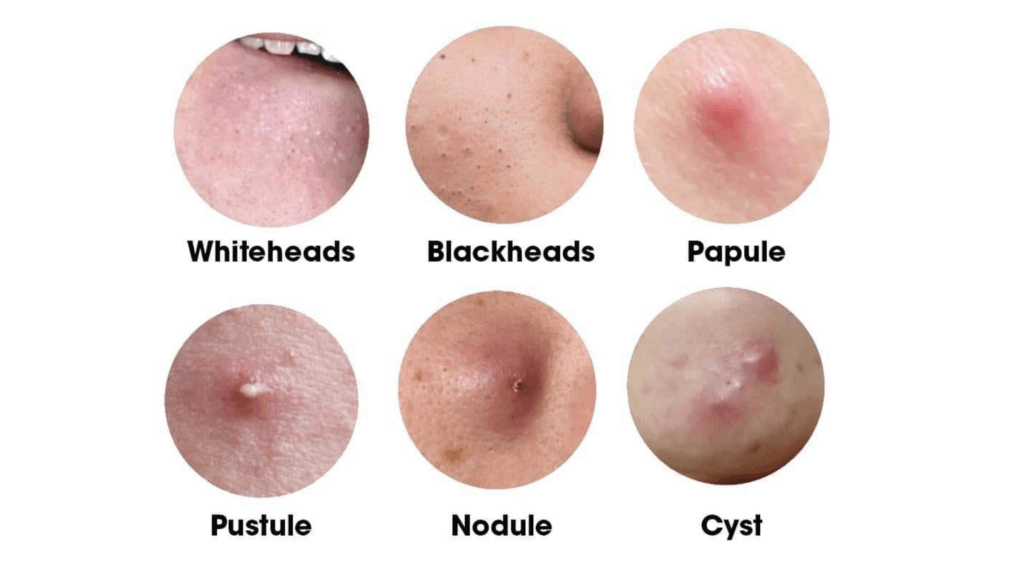
What is the Rarest Pimple?
The rarest form of pimple is a cystic nodule, a severe type of acne that goes deeper into the skin than typical pimples.
Cystic nodules are painful and may lead to scarring if not treated correctly. Unlike more common forms of acne, they don’t come to a head and can’t be popped in the traditional sense.
Which Pimples Don't Pop?
Nodules and cysts, the more severe types of acne, don’t pop like regular pimples. They form deep within the skin, lack the typical pus-filled head of common spots, and are more solid and painful to touch. Attempting to pop them exacerbates their condition and may lead to scarring.
Is It Wrong Not to Fully Pop a Pimple?
It’s generally inadvisable not to fully pop a pimple. Incomplete popping pushes bacteria, oil, and debris deeper into the skin, leading to increased inflammation, potential infection, and prolonged healing time. Moreover, improperly handled popping may cause skin trauma, leading to scars and post-inflammatory hyperpigmentation.
What Happens to the Pus if You Don't Pop a Pimple?
If you refrain from popping a pimple, the body’s immune system naturally tackles the trapped bacteria, helping the spo to heal independently. Over time, the body reabsorbs the pus, and the inflammation subsides. This natural healing process reduces the risk of scars and further skin infections.
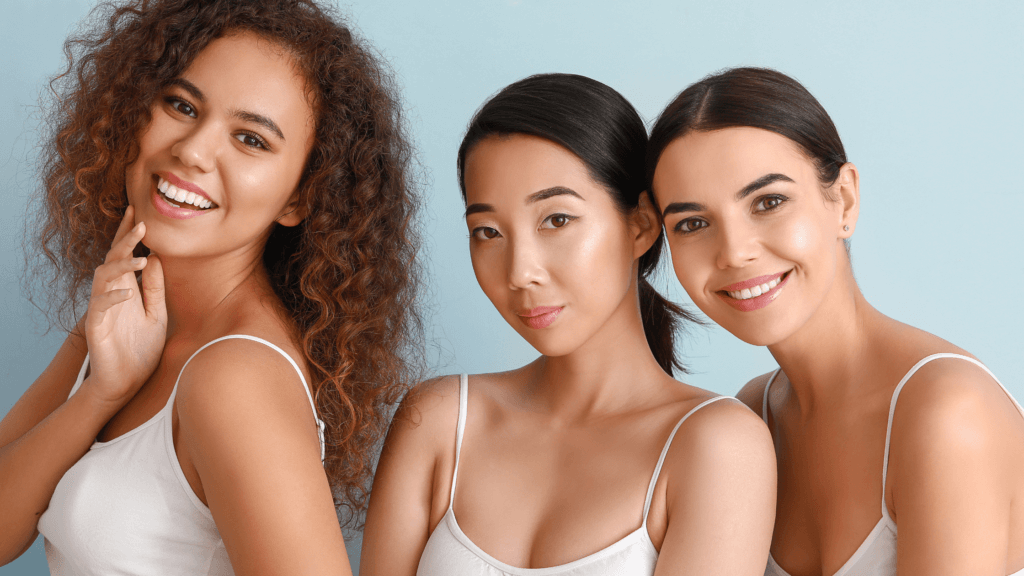
Embrace a Future With Clear, Radiant Skin!
Meet us at 19500 Sandridge Way, Suite 350, Leesburg, VA 20176, or call us at (703) 574-4342 for a complimentary consultation with Board-Certified Plastic Surgeon Dr. Phillip Chang before proceeding with your procedure. If everything matches up, our team will help you navigate the entire process from beginning to end. Also, remember to check out our blog and social media for more information on cosmetic surgery trends!
References
- “Blackheads: What They Look like, Treatment & Prevention.” Cleveland Clinic, my.clevelandclinic.org/health/diseases/22038-blackheads. Accessed 16 Oct. 2023.
- “Cystic Acne: What Is It, Symptoms, Causes and Treatment.” Cleveland Clinic, my.clevelandclinic.org/health/diseases/21737-cystic-acne. Accessed 16 Oct. 2023.
- “Nodular Acne: What It Looks like, Causes & Treatment.” Cleveland Clinic, my.clevelandclinic.org/health/diseases/22888-nodular-acne. Accessed 16 Oct. 2023.
- “Nodules: Types, Causes, Treatment, and Seeking Help.” Medical News Today, MediLexicon International, www.medicalnewstoday.com/articles/nodule. Accessed 16 Oct. 2023.
- Palmer, Angela. “Is Popping Pimples Really That Bad for Your Skin?” Verywell Health, Verywell Health, 9 Nov. 2022, www.verywellhealth.com/is-popping-pimples-bad-for-my-skin-15523. Accessed 16 Oct. 2023.
- “Pustule: What Is It, Causes, Diagnosis, Treatment, and More.” Osmosis, www.osmosis.org/answers/pustule. Accessed 16 Oct. 2023.
- “Whiteheads: What They Are, Symptoms, Causes & Treatments.” Drugwatch.Com, www.drugwatch.com/health/acne/whiteheads. Accessed 16 Oct. 2023.
- Wint, Carmella. “What Is a Papule?” Healthline, Healthline Media, 3 Feb. 2022, www.healthline.com/health/papule. Accessed 16 Oct. 2023.
Let Us Help You!
Our office can provide you with helpful information, schedule a free consultation, and walk you through the many services and procedures we provide.
Contact Dr. Chang's Office:
More Articles For You
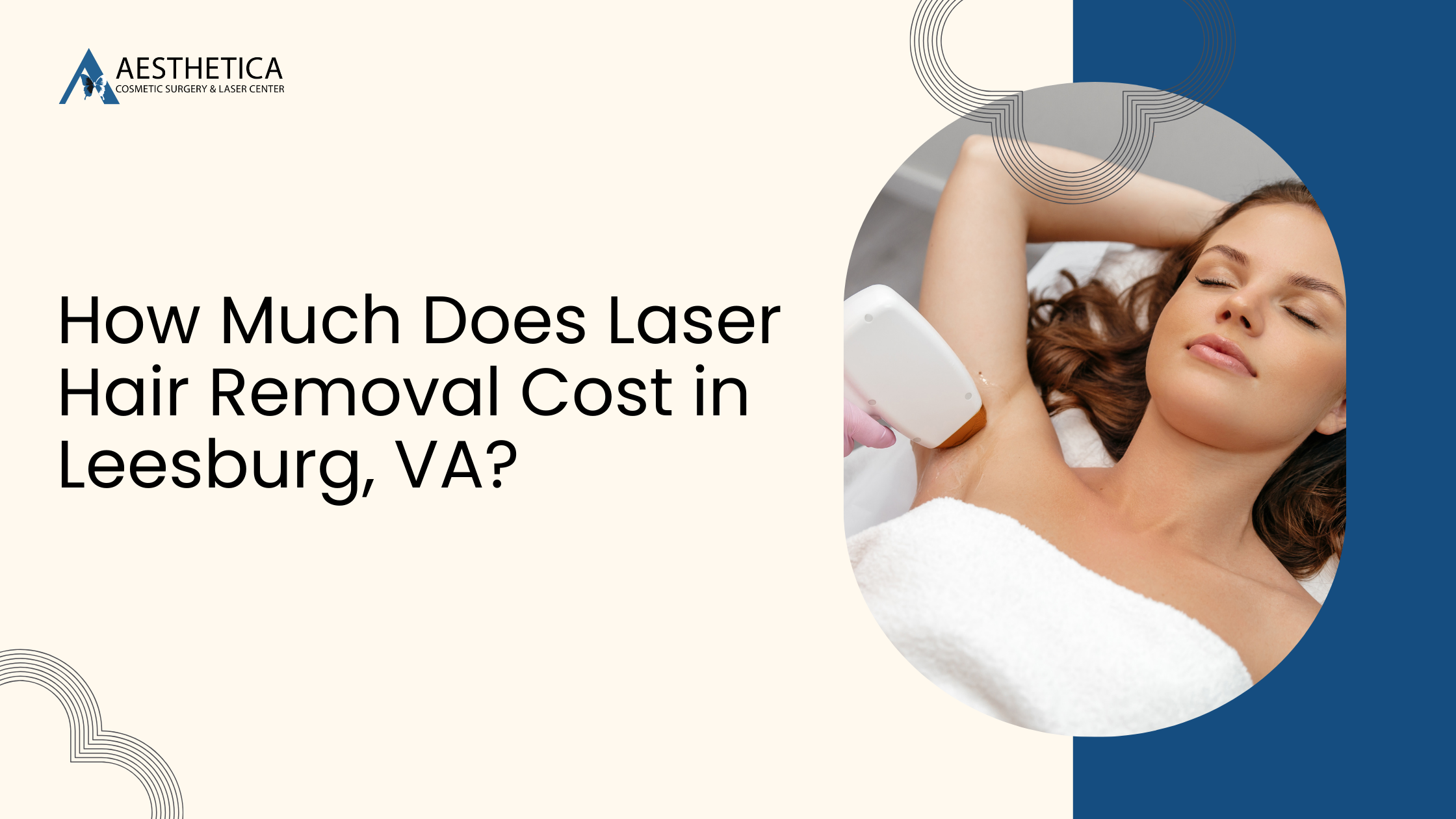
How Much Does Laser Hair Removal Cost in Leesburg, VA?
In the quest for a smooth, hair-free body, many turn to laser hair removal as
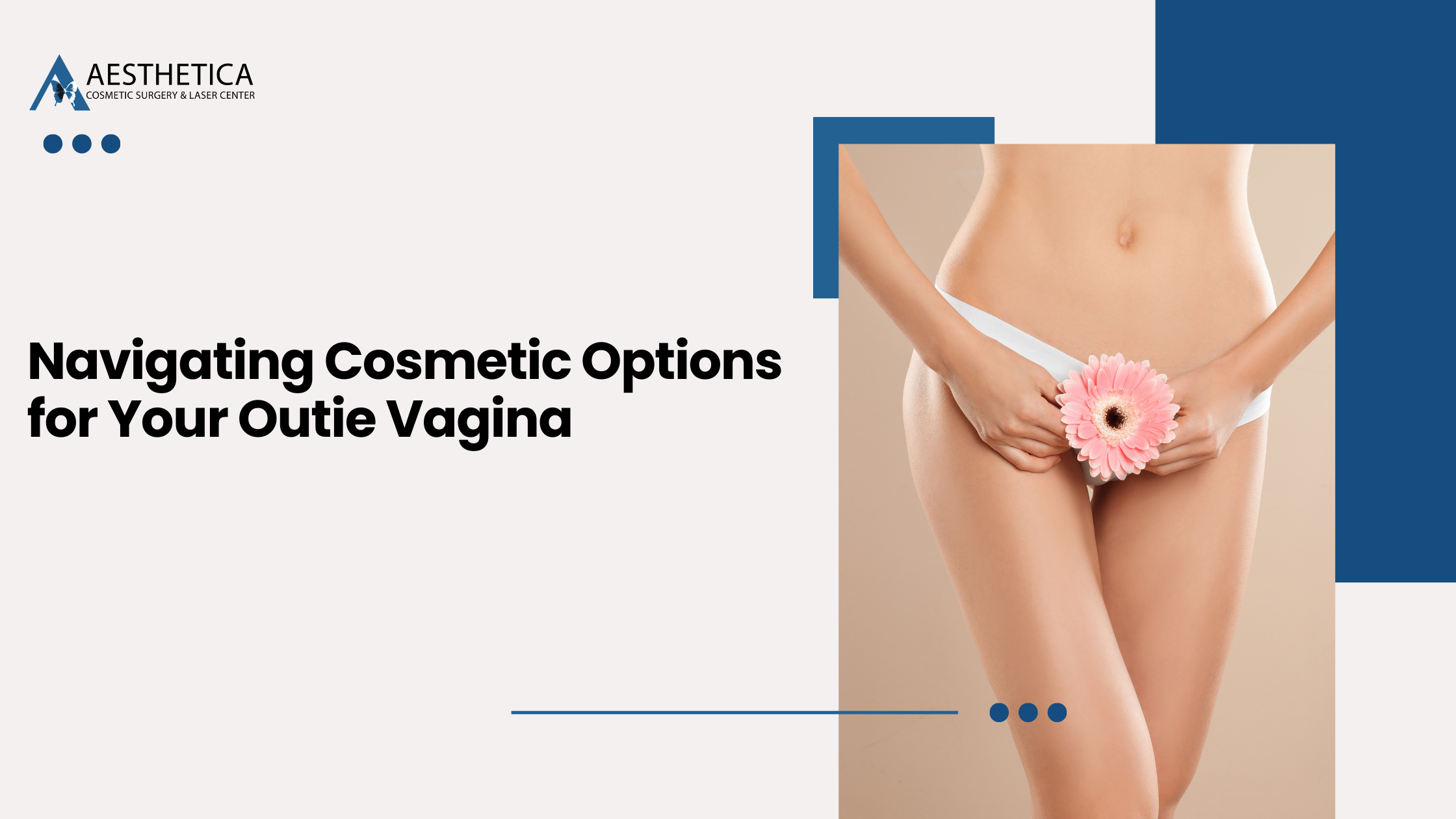
Navigating Cosmetic Options for Your Outie Vagina
Delving into the realm of personal aesthetics, especially concerning outie vaginas, involves exploring a variety
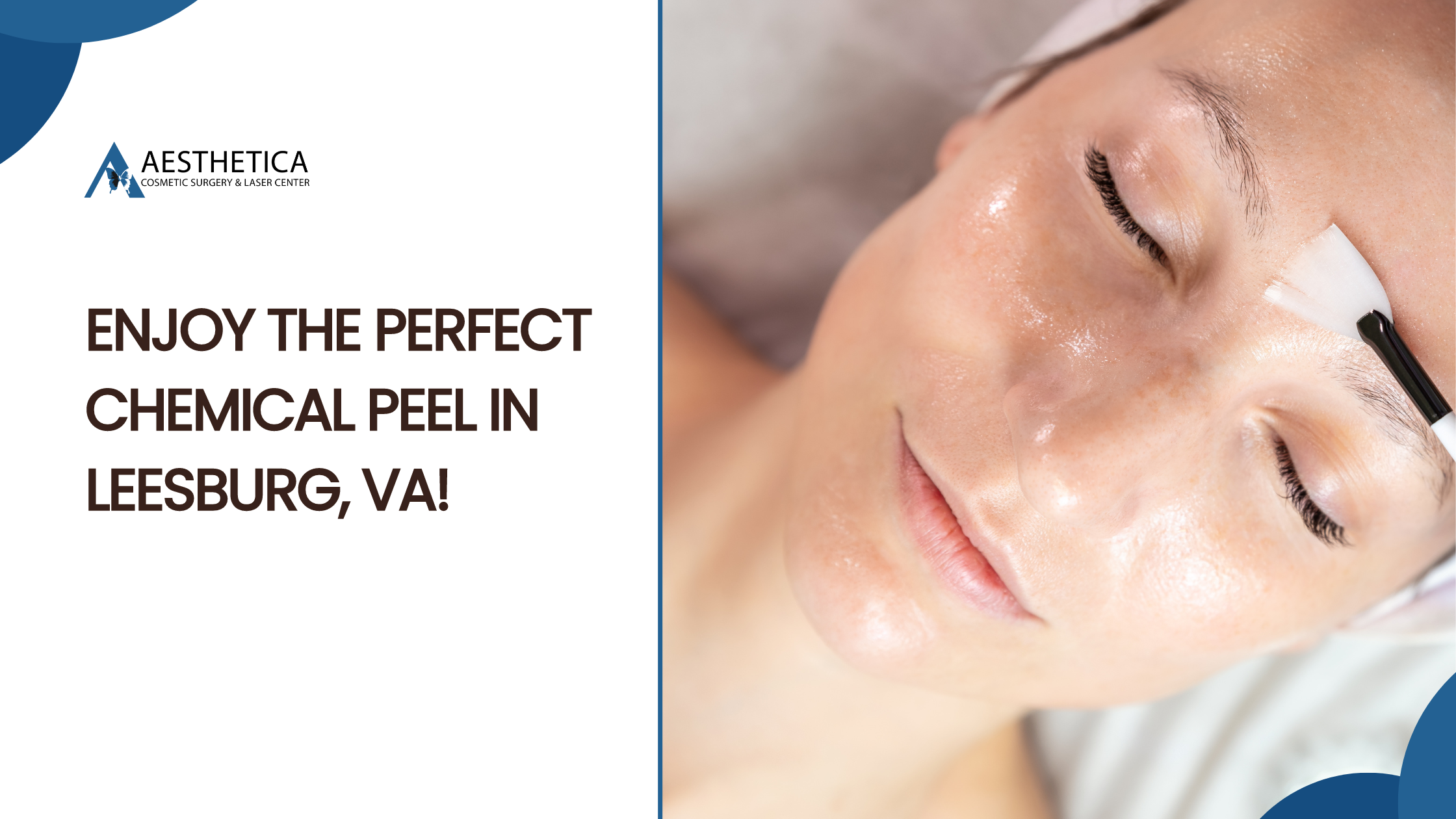
Enjoy the Perfect Chemical Peel in Leesburg, VA!
In the heart of Leesburg, VA, a transformative beauty experience awaits at Aesthetica, a premier

Find Your Glow: 7 Reasons Why Aesthetica Is the Best Microneedling Provider in Leesburg, VA!
In the quest for vibrant, youthful skin, microneedling has emerged as a cornerstone treatment, beloved
